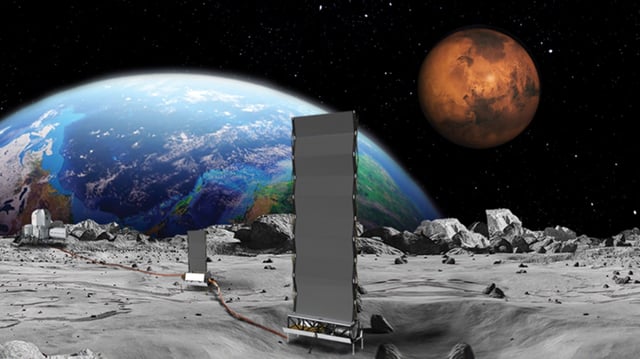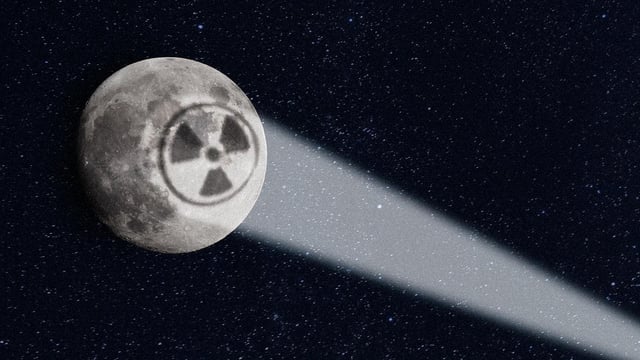Overview
- NASA has ordered project teams to lead its Fission Surface Power initiative and set August deadlines to solicit industry proposals for a 100 kW reactor
- The agency aims to deliver the compact nuclear fission system by the end of 2030 to ensure continuous power during two-week lunar nights
- Three consortia—Lockheed Martin with BWXT, Westinghouse with Aerojet Rocketdyne and X-Energy with Maxar and Boeing—were chosen in 2022 to develop prototype microreactors
- Design requirements call for a six-ton reactor housed in a 13-by-20-foot cylinder that can operate autonomously for ten years without refueling
- The acceleration reflects strategic competition as China prepares its Chang’e-8 mission in 2029 and Russia and China plan lunar reactors by the mid-2030s



